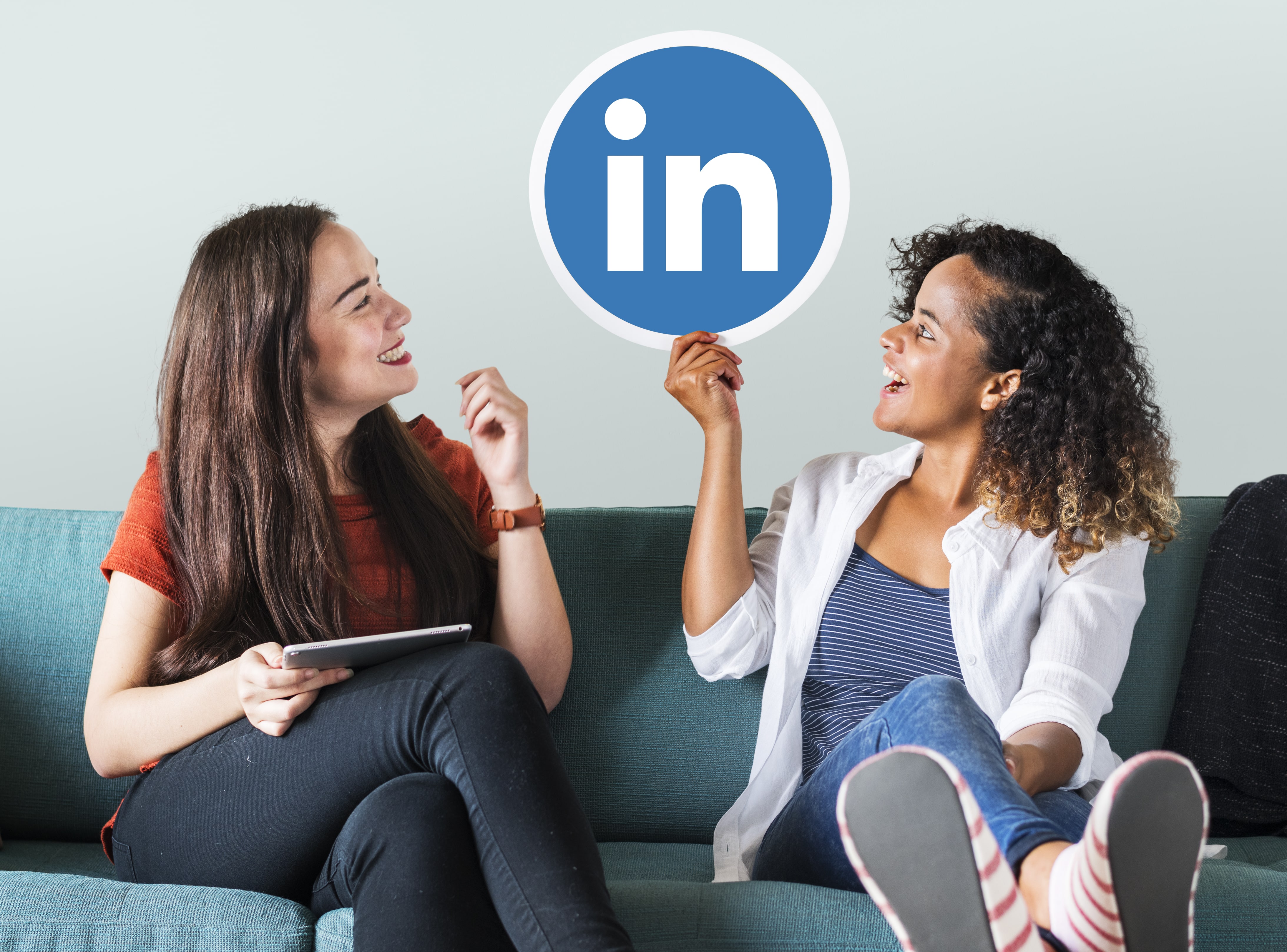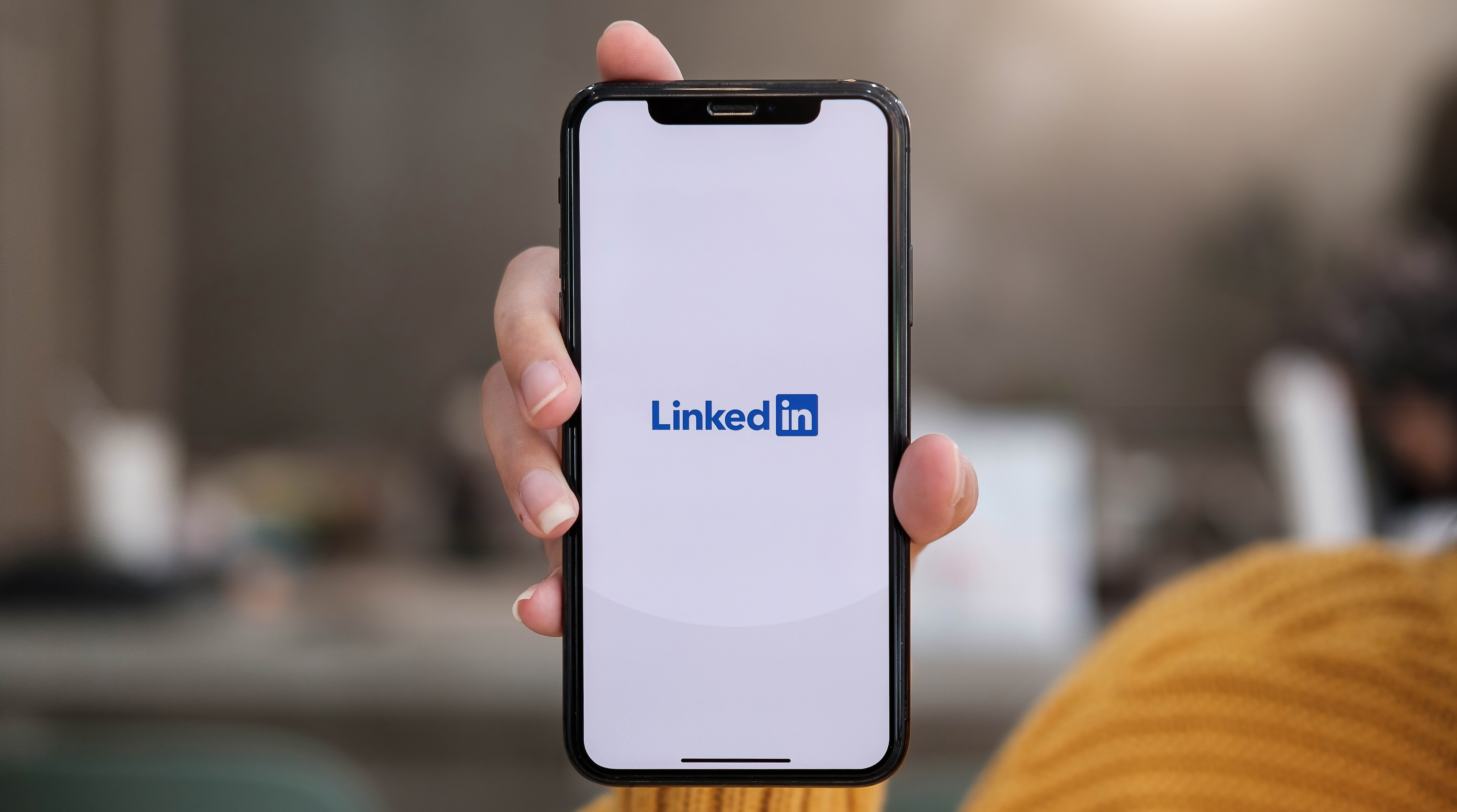

LinkedIn is one of the most important tools that most businesses must have a flair for in today’s fast-paced, highly-social media driven competition. More so, when it comes to B2B marketers.
LinkedIn is a great place for businesses to maximise the reach of their content to the right audience and for lead generation but for that you must understand how the LinkedIn algorithm works. LinkedIn is all about connections and relevant content.
LinkedIn’s algorithm is similar to any other social media algorithms, but what makes it different from another platform is how it helps your business to increase the chances of reaching the relevant audience. Unlike other platforms, LinkedIn gives the most effective organic reach and helps businesses achieve their goals smoothly.

Understanding how the LinkedIn algorithm works can help you ensure that your LinkedIn marketing efforts pay off. Since it is difficult to know exactly how the algorithm works for sure, we can analyse, observe and experiment to understand the basics that seem to work.
How to use LinkedIn to Boost your Inbound Sales?
LinkedIn’s algorithm prefers relevancy over recency and that is the reason sometimes users see older or more popular posts before they see more recent ones. The goal of the LinkedIn algorithm is to display content that is relevant to the audience, even ahead of more recent posts.
To predict the relevance of your content, LinkedIn has a few factors on the basis of which it measures and ranks accordingly to show it to a larger audience.
Linkedin tests by showing your content to a smaller audience and on the basis of the audience engagement it decides to either project it to a wider audience or stops including the post in the feed of your audience.
According to LinkedIn algorithm, it filters your posts based on the below 3 factors:
Ultimate Guide On LinkedIn Ads for B2B Businesses
So how does LinkedIn identify that the content is spam, low quality or high quality?

If your post is categorised under spam content, then it will not reach your audience and won’t give you the appropriate result. Following are some tips to take care while working on your content to not let it become spam or low quality content:
Want To Know which Social Channels to Consider for B2B Marketing?
Once you post your content on LinkedIn, you will have to wait for responses. After you post, LinkedIn analyses the relevancy of the content. The platform starts observing the engagement rate for your post so the initial couple of hours are the most crucial.
LinkedIn looks at the initial engagement of your post and measures how capable your content is to move to the larger audiences’ feed. So if your post does well in that period of time there is a high probability that your post will do well for a longer time. But if it fails to perform in that initial period and your audience doesn't see or engage with your post, then the chances of your post becoming relevant becomes low.

It is important to know what to post and when.
Understand your audience, analyse when they are online or active and then post for more reach and better engagement.
If your content is relevant to your audience they will certainly respond.
Always respond on time to all the comments to your post. Never let any comment go without a response. Commenting also helps in increasing your reach and engagement.
Top 10 social media optimisation techniques to build a brand
You may be surprised to know that LinkedIn ranks different types of content differently:
Engagement, relevance, and connection are on the high priority list of the LinkedIn algorithm. LinkedIn is the best place to share your content and reach the right audience, you can experiment, analyse and update your strategy on the basis of how your content works for your audience. Expand your content types – images, video, text and more to see what works for you.
It is vital that you keep a check on the content you post to ensure that the audience engages with your content. Don’t just post and ghost!
Looking for LinkedIn B2B marketing strategies? We can help. Connect with us.
B2B businesses should post educational guides, thought leadership posts, use cases, video explainers, industry news, and client case studies to reach targeted decision-makers and achieve maximum engagement.
Your company page should have strong branding. It must include a keyword-rich "About" section. It is essential to post regularly about relevant information that engages employees who share your updates and respond to all comments promptly. Have a B2B approach to LinkedIn optimization by analyzing your page data and visiting and joining relevant groups on LinkedIn.
Through LinkedIn Ads, Sales Navigator, Lead Gen forms, targeted content, and outreach messaging to qualify leads and convert inbound exposure leads through LinkedIn for B2B.
A strong LinkedIn Presence will establish brand credibility, promote better connections, provide more inbound opportunities, and allow B2B marketers to define areas of interest in the industry better, all of which have LinkedIn value.